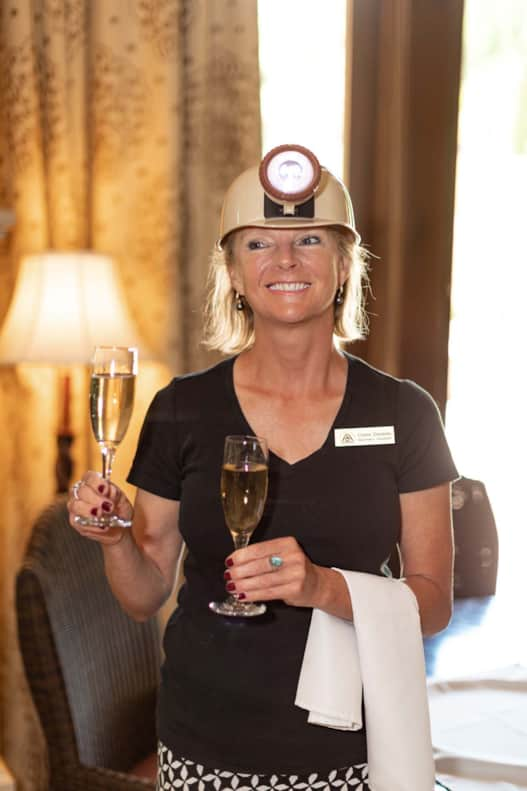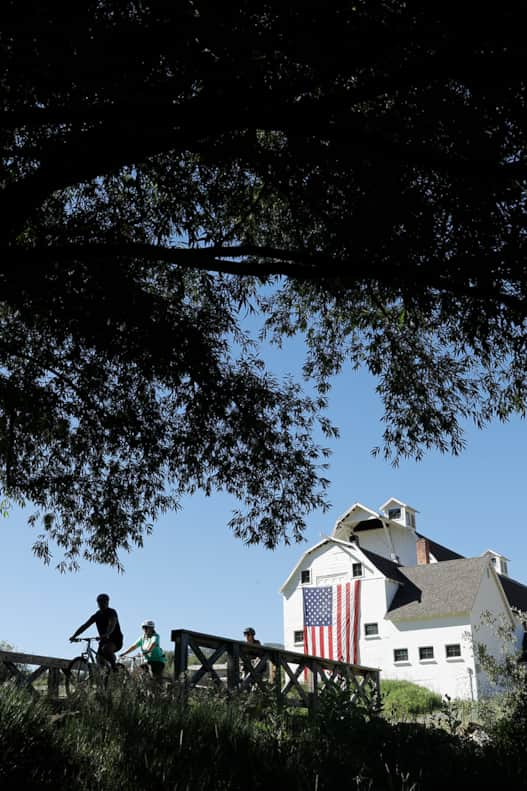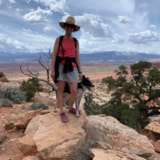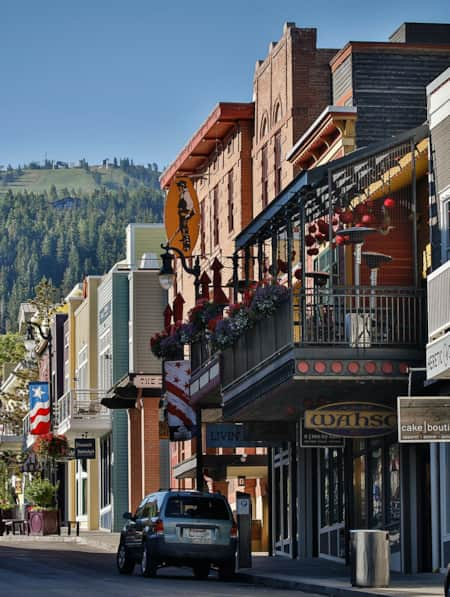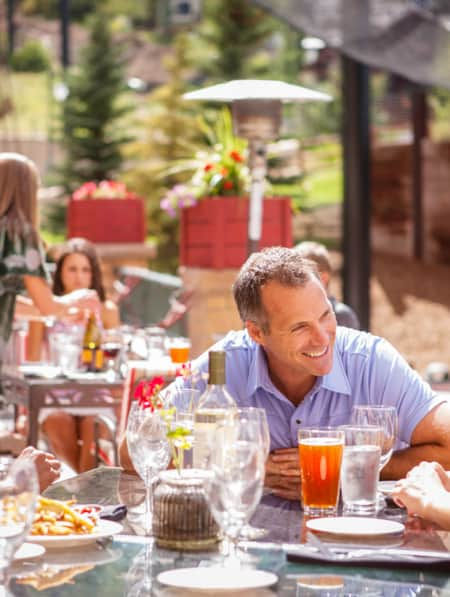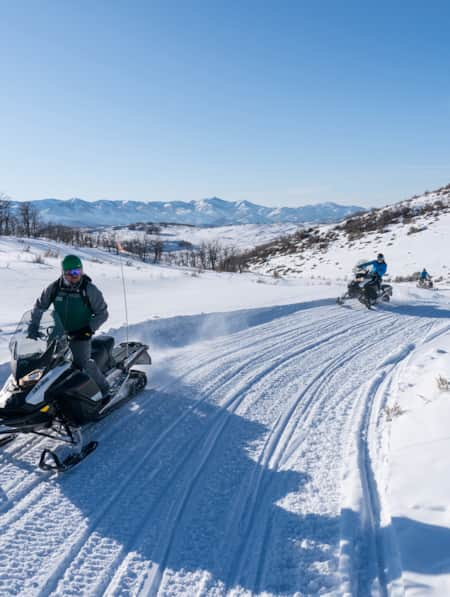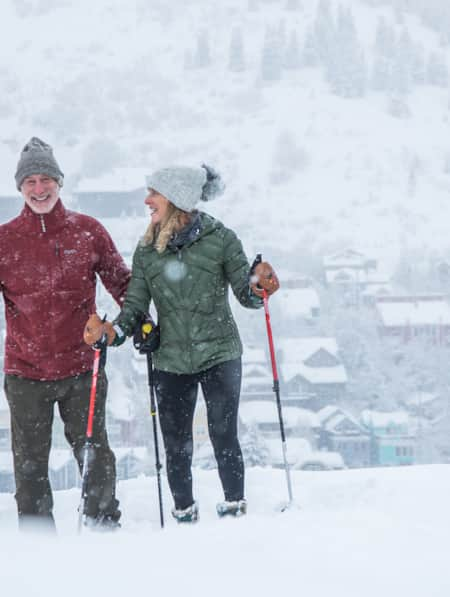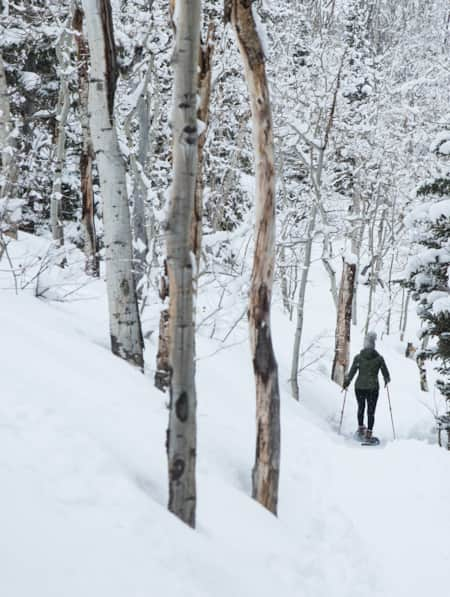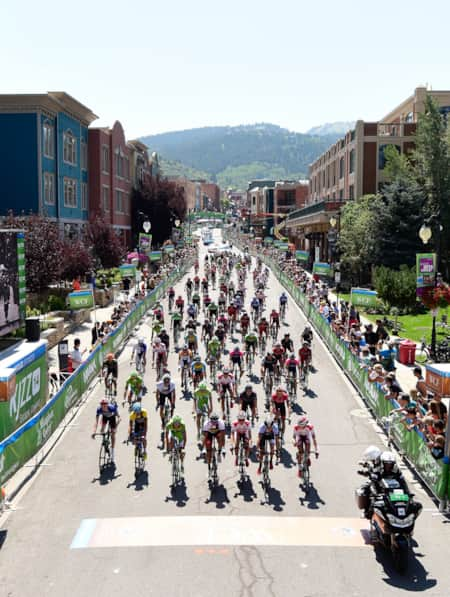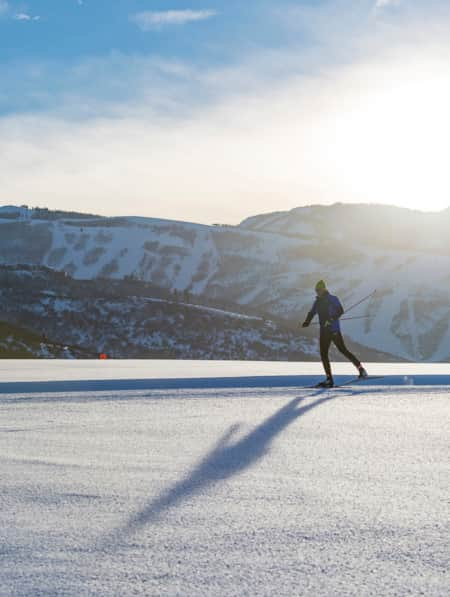Silver & Steam: 4 Ways to Explore Park City's Fascinating History
From a “mines and wines tour” to Utah’s most-photographed barn, check out these must-see-and-do sites to explore the workers’ history around Park City.
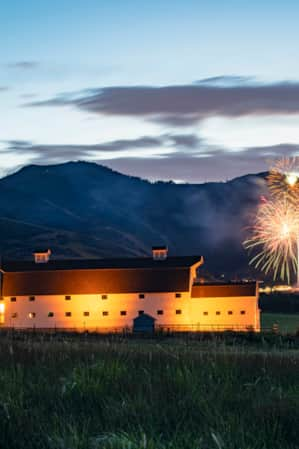
Park City Museum
528 Main St., Park City
Evidence of Park City’s storied silver mining heyday is readily visible throughout the bustling mountain town. The hillsides are dotted with original mining-era homes that contrast with this century’s sleek, new vacation retreats. More than a dozen preserved mining operation structures can be found among the slopes at the town’s local mountain resorts, Deer Valley Resort and Park City Mountain. There’s even a town whistle — established in the early 1900s as an emergency warning system which later became a curfew notification — that continues to sound nightly at 10 p.m.
The town’s mining history is honored at the Park City Museum, located in the heart of the Old Town Historic District (also a great place for shopping and an art gallery stroll). The museum offers thoughtfully presented displays in a building that served as City Hall, and also housed the fire and police departments, as well as the territorial jail.
Visitors can venture inside that dungeon-like jail or view a historic film in a repurposed mining cart from the unique Skier Subway, used in the 1960s by Treasure Mountains, Park City Mountain’s predecessor. Other exhibits in this treasure trove include a 1926 Graham Brothers Dodge fire truck; reproductions of the town’s 1900s-era post office, market and telephone company; and the “Muckers & Millionaires” exhibit, exploring the divide between the working muckers and the wealthy mine owners who lived in Salt Lake City mansions.
In addition to permanent exhibits, the Park City Museum hosts events and tours. “History Speaks” is a free monthly lecture series held at the museum’s Education & Collections Center (2079 Sidewinder Drive, Park City). A peek inside the town’s historic homes is offered annually in June with the Park City Historic Home Tour. Guided Summer Walking Tours, exploring the architecture and former businesses and residents along Park City’s Historic Main Street, are held on weekday afternoons throughout the summer. And in September, the museum hosts its much-anticipated Glenwood Cemetery Tour, (401 Silver Drive, Park City), where costumed re-enactors reveal the stories of the people buried there.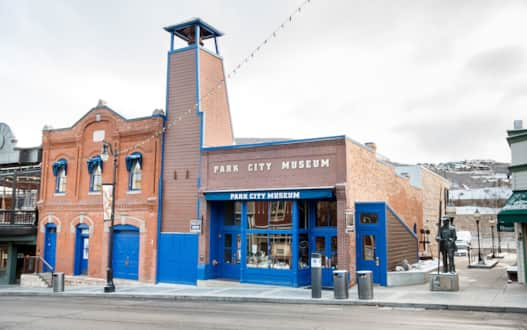
Park City's mining history is honored at the Park City Museum, located in the heart of the Old Town Historic District.
Photo: Park City Chamber & Visitors Bureau
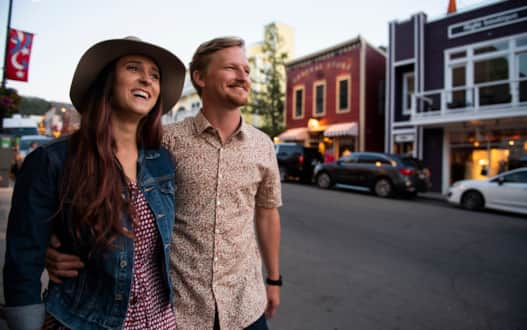
Maybe it’s the easy access to recreation or the town’s well-preserved history. Whatever it is about Park City's Historic Main Street, prepare to be charmed.
Photo: Park City Chamber/Bureau
"Evidence of Park City’s storied silver mining heyday is readily visible throughout the bustling mountain town."
Guided Experiences: Mines, Wines, Hops and Ghosts
Experiences abound for those keen on walking (or gliding!) in the steps of Park City’s silver-mining forebears. A few history-oriented excursions include: the Fox School of Wine’s Mines & Wines Tours, a three-hour tour of history sites with a different wine tasting at each stop; complimentary (with a lift ticket) guided ski tours to old mining structures within Park City Mountain and Deer Valley Resort. Deer Valley also offers paid Guided Historical Hikes in the summer and fall.
There’s also Summit Land Conservancy’s summertime Hops Hunters Hikes, guided hikes to search for hop binds descending from those originally planted in Park City in the 1800s by German immigrant mine workers. There’s also Park City Ghost Tours, nightly tours of historic Main Street that reveal the hardships of living (and dying) in a 19th-century mining outpost."In the second half of the 19th century, workers from around the world arrived in Utah’s Summit County, lured by the promise of employment in Park City’s silver mines and building and maintaining the Transcontinental Railroad."

McPolin Barn
3000 State Road 224, Park City
(Visitor parking on the opposite side of State Road 224; a pedestrian tunnel beneath the road leads to the farmstead)
Along Park City’s entry corridor is a postcard-worthy scene: The historic McPolin Barn and farmhouse. In the summer, the buildings are framed by green pasturelands and mountain scenery, and then in winter, sweeping white snowfields. This landmark serves as a reminder of the chapters of the area’s history that have little to do with silver mining or skiing.
In 1896, Irish immigrants Daniel and Isabelle McPolin purchased the sprawling farmstead from the Harrison McLane Family. The McPolins raised a barn there in 1921, when they salvaged timber from an old tailings mill and constructed the building with only mortise and tenon joints. The McPolins also replaced the original McLane farmhouse with a building that had previously served as the Silver King Con Mill office (moved to the farmstead from the intersection of Iron Horse and Bonanza Drives). The farmhouse now standing next to the McPolin Barn is a smaller reproduction of the King Con Mill office home.
The McPolin family operated the farm until 1947, when they sold it to Dr. D.A. Osguthorpe, a Salt Lake City veterinarian who visited Park City frequently to care for horses and mules working in the mines. The Osguthorpe family operated a dairy for more than 40 years until 1990, when the town of Park City purchased the property to protect and enhance its entry corridor.
The McPolin barn, farmhouse and surrounding grounds are now open to the public. Interpretive signs tell the farmstead’s story, and windows on both the barn and the farmhouse offer glimpses into the McPolins’ early-1900s lives. Signage outlines the 1.75-mile Farm Loop Trail, and in the winter, White Pine Touring grooms a cross-country ski track through the farmstead’s outlying pastures. Park City offers monthly tours in June, July and August; reservations required.
Echo Canyon Church and School
60 Temple Lane, Echo
About a 30-minute drive from Park City, the tiny town of Echo (current population: 50) is nestled against the base of the red sandstone Echo Canyon. At the town’s center is a landmark that has served as the heart for civic life since the late 1800s.
Using bricks and wood that were fired and milled on the site, the Echo Church and School was built on Temple Lane in 1876. The Transcontinental Railroad had been laid through Echo a decade earlier, bringing with it laborers to work on the rails and in the nearby mines (Watch: The Golden Spike Unites a Nation). As the community grew, the church addressed what had previously been a yawning void in community life in Echo: a place to worship and learn. Religious services were held in the diminutive (just 25 feet wide by 50 feet long), white-trimmed building on Sundays, while the town’s growing population of local children attended school there on weekdays.The last Union Pacific Railroad steam engine to be coaled and watered in Echo rolled into the Echo Depot in 1960. The Echo Church remained in active service as a Church of Jesus Christ of Latter-day Saints meetinghouse until 1963 when, due to the town’s declining population, it was closed. Several community members rallied to protect and preserve the historic building with the formation of the Echo Community and Historical Organization in 1982. The building was placed on the National Register of Historic Places in 1989.
The Echo Church and School now serves in a capacity very similar to its originally intended use: as a place for community gathering and education. Book signings, art exhibits, lectures, weddings and family reunions are among the events held in this venerable little building. The building is open to the public on Saturdays from June through Labor Day. Visitors can wander among the pews in the church’s main floor meeting room as well as down in the lower-level exhibit space. Admission is free.
Hungry for more rural Summit County history? Pay a visit to the Summit County Historical Museum and Courthouse, located seven miles west of Echo along Interstate 80 at 60 N. Main Street in Coalville. Here, docents offer pre-arranged tours of the lower-level museum and courthouse and information for self-guided walking tours of Coalville’s Main Street.
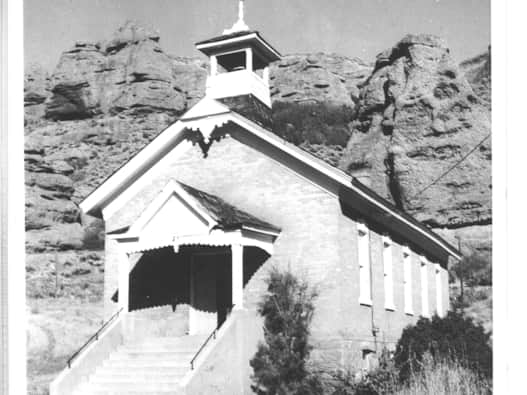
Vacant for 20 years the Echo Church is now a meeting hall and museum alongside the Echo Cemetery.
Photo: Courtesy of Summit County History
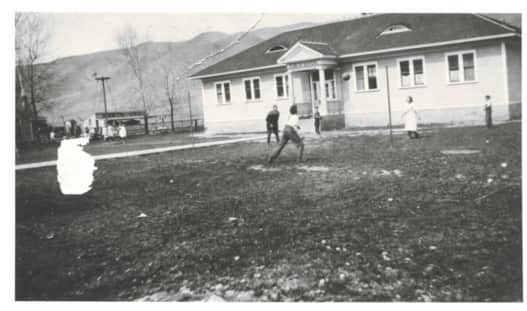
Using bricks and wood that were fired and milled on the site, the Echo Church and School was built on Temple Lane in 1876.
Photo: Courtesy of Summit County History
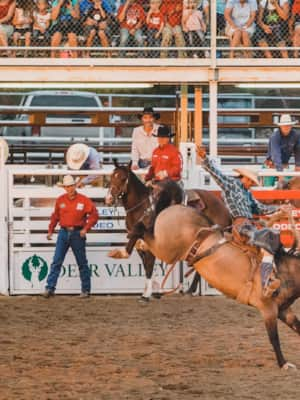
Roping and Riding: Summit County Rodeo
In Park City, sure you can buy boots with a “Yellowstone” vibe — but with a drive into the countryside, you can truly appreciate the area’s rural lifestyle.
